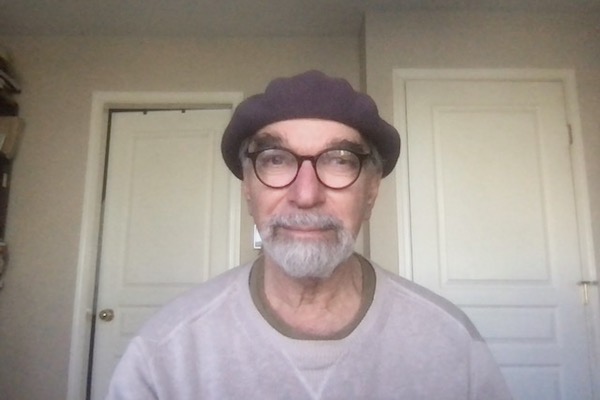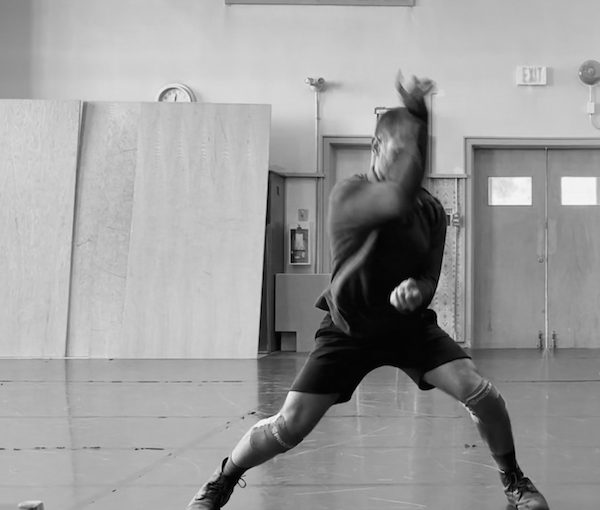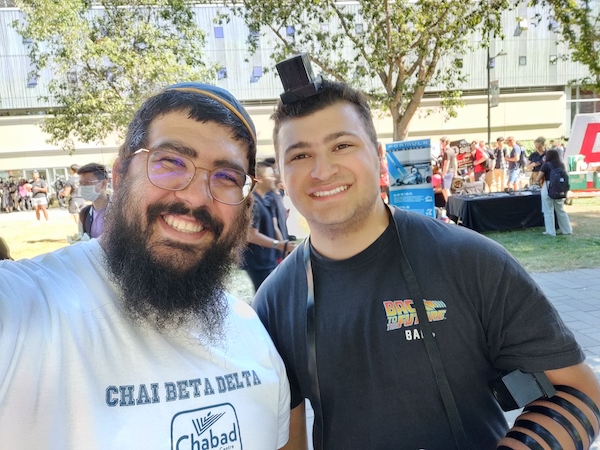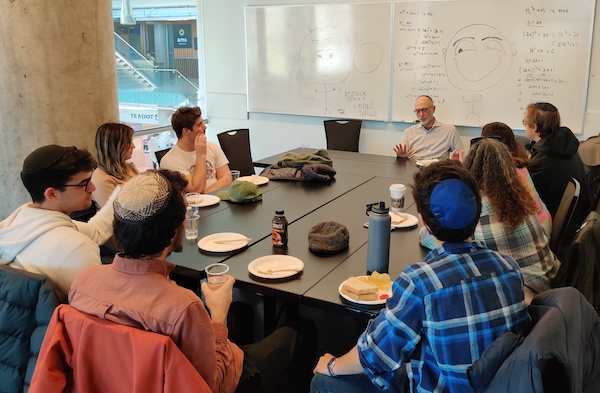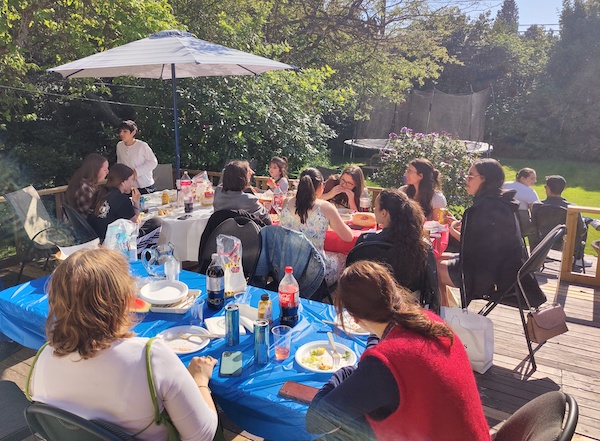In his diaries, Franz Kafka reflected that our not knowing “the real highway” we’re on means that “we drift in doubt. But, also in an unbelievable, beautiful diversity. Thus, the accomplishment of hopes remains an always unexpected miracle.” (photo from Piotr Malecki)
The Chassidic Rebbe Haim of Tzanz told this parable: A person had been wandering about in the forest for several days, unable to find a way out. Finally, in the distance, he saw another person approaching him, and his heart filled with joy. He thought to himself: “Now, surely, I shall find a way out of the forest.” When they neared each other, he asked the other person, “Brother, will you please tell me the way out of the forest?”
The other replied: “Brother, I also do not know the way out, for I, too, have been wandering about here for many days. But, this much I can tell you. Do not go the way I have gone, for I know that is not the way. Now come, let us search for the way out together.” (Adapted from S.Y. Agnon, The Days of Awe)
Perhaps this is a story to read at your Rosh Hashanah table, to start a discussion about your – and your guests’ – hopes for new direction in life. Think about a new path you would like to explore this coming year, or let others know about an old path you have tried that they might best avoid.
In his diaries, Franz Kafka, the 20th-century Czech Jewish writer, reflected on the difficulty of finding our way and yet our eternal hope:
“If we knew we were on the right road, having to leave it would mean endless despair. But we are on a road that only leads to a second one and then to a third one and so forth. And the real highway will not be sighted for a long, long time, perhaps never. So, we drift in doubt. But, also in an unbelievable, beautiful diversity. Thus, the accomplishment of hopes remains an always unexpected miracle. But, in compensation, the miracle remains forever possible.”
The poet and Bible scholar Joel Rosenberg speaks of Rosh Hashanah as a homecoming, rather than as journeying:
“The Hebrew word for year – shana – means change. But its sense is two-fold: on the one hand, change of cycle, repetition (Hebrew, l’shanot, reiterate, from sh’naim, two), but, on the other hand, it means difference (as in the [the Pesach seder when we ask] mah nishtana? How is this night different?) We are the same, we are different. We repeat, we learn, we recapitulate. We encounter something new. ‘Shana tova!’ means, ‘Have a good change!’”
And yet, how familiar is this time! The chant, the faces, the dressed-up mood, the calling on the same God, the words, the blessings, the bread, the apples, the honey, the wine – all are the same, and yet completely new. We meet ourselves again and for the first time.
A year that begins anew is also the fruit of the year that preceded. Good or bad, it has made us wiser. It will not constrain us. We choose from it what we want and need like gifts we brought from journeys. Rosh Hashanah is always like coming home – just as Pesach was always going on a journey.
“How do we find our Divine Parent who is in Heaven? How do we find our Parent who is in Heaven? By good deeds and the study of Torah.
“How does the Blessed Holy One find us – through love, through brotherhood, through respect, through companionship, through truth, through peace, through bending the knee, through humility, through more study, through less commerce, through the personal service to our teachers, through discussion among the students, through a good heart, through decency, through No that is really No, and through Yes that is really Yes.” (Midrash Seder Eliyahu Rabbah 23)
Noam Zion is a senior fellow emeritus of the Kogod Research Centre at the Shalom Hartman Institute. He has developed study guides on Bible, holidays and rabbinic ethics. His publications and worldwide lectures have focused on “homemade Judaism” – empowering families to create their own pluralistic Judaism. This article was originally published in 2014; it is adapted from his Rosh Hashanah seder. Articles by Zion and other Hartman Institute scholars can be found at shalomhartman.org.



